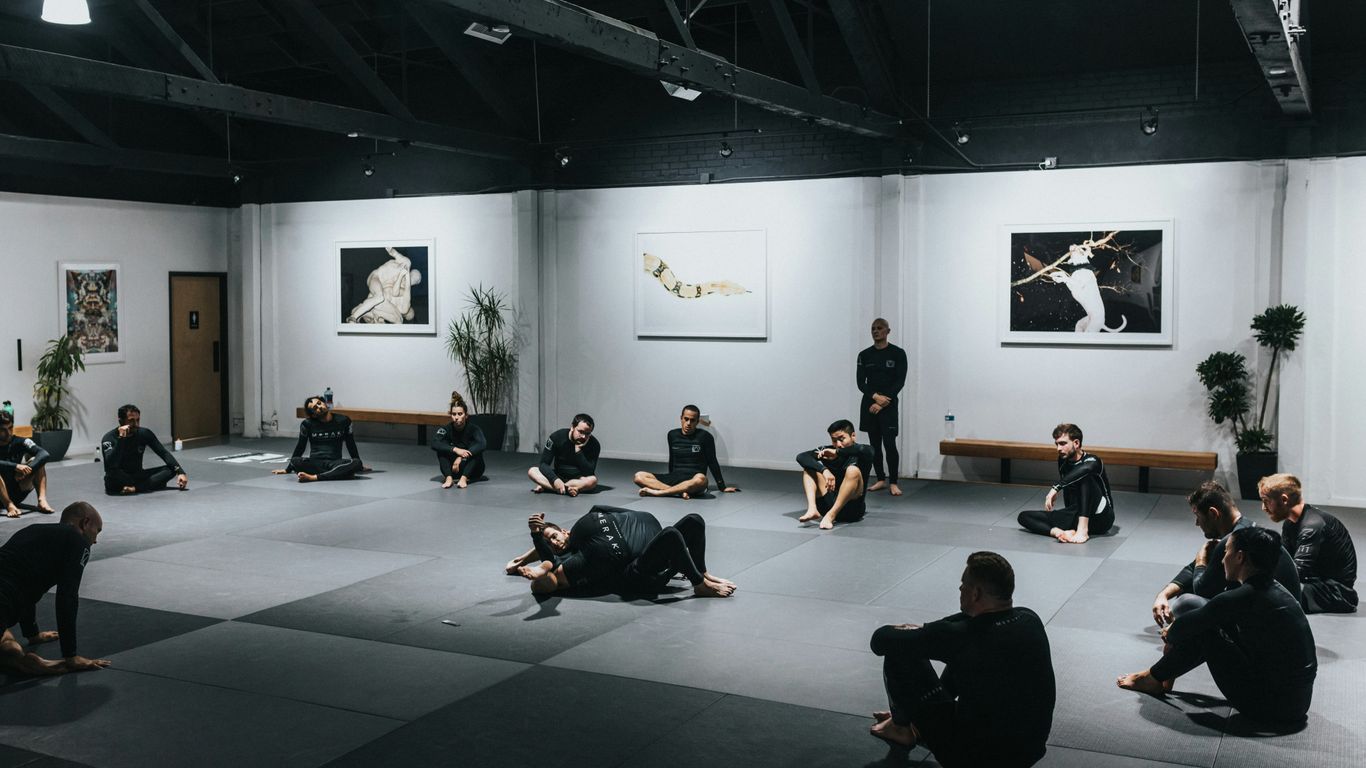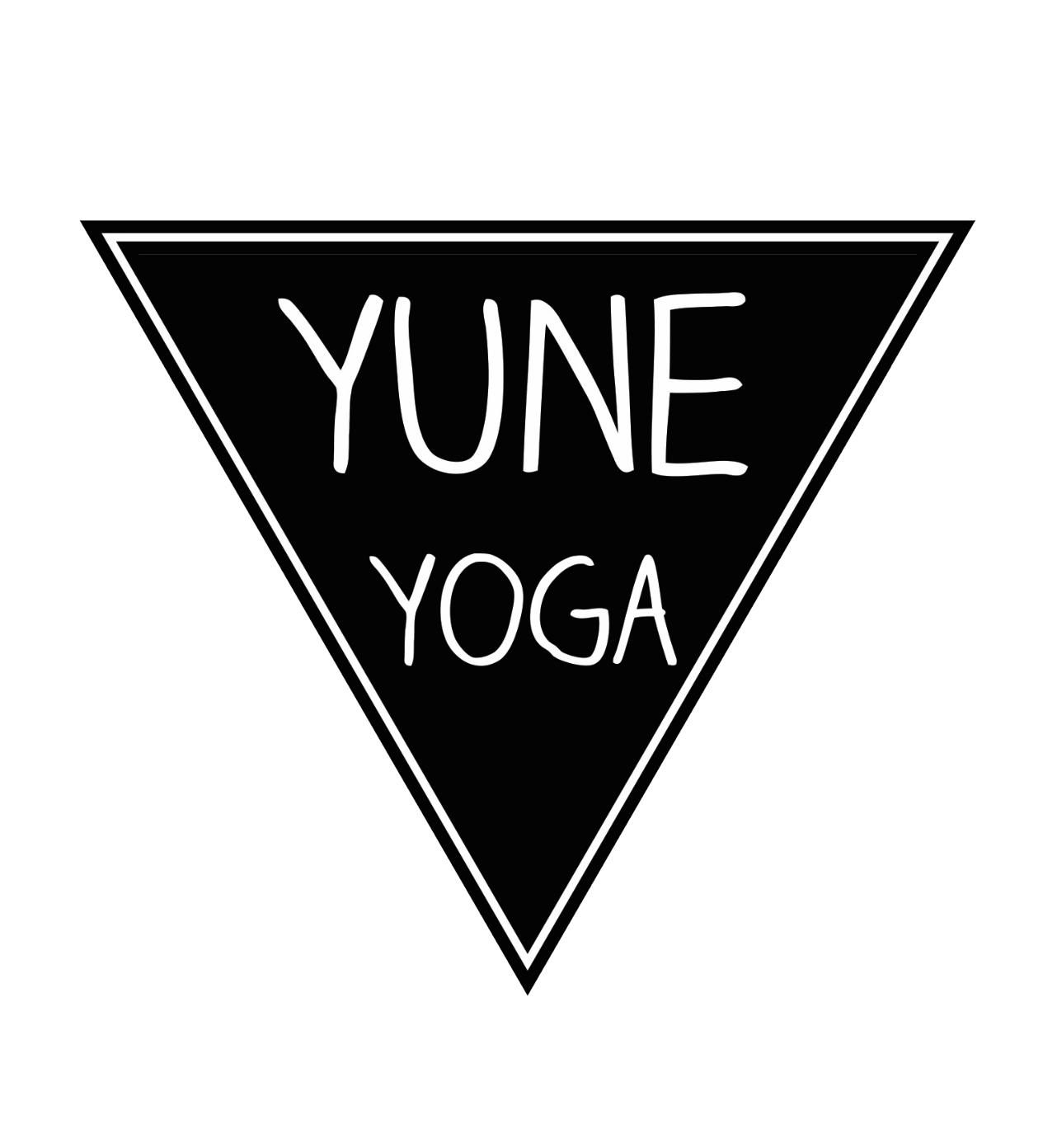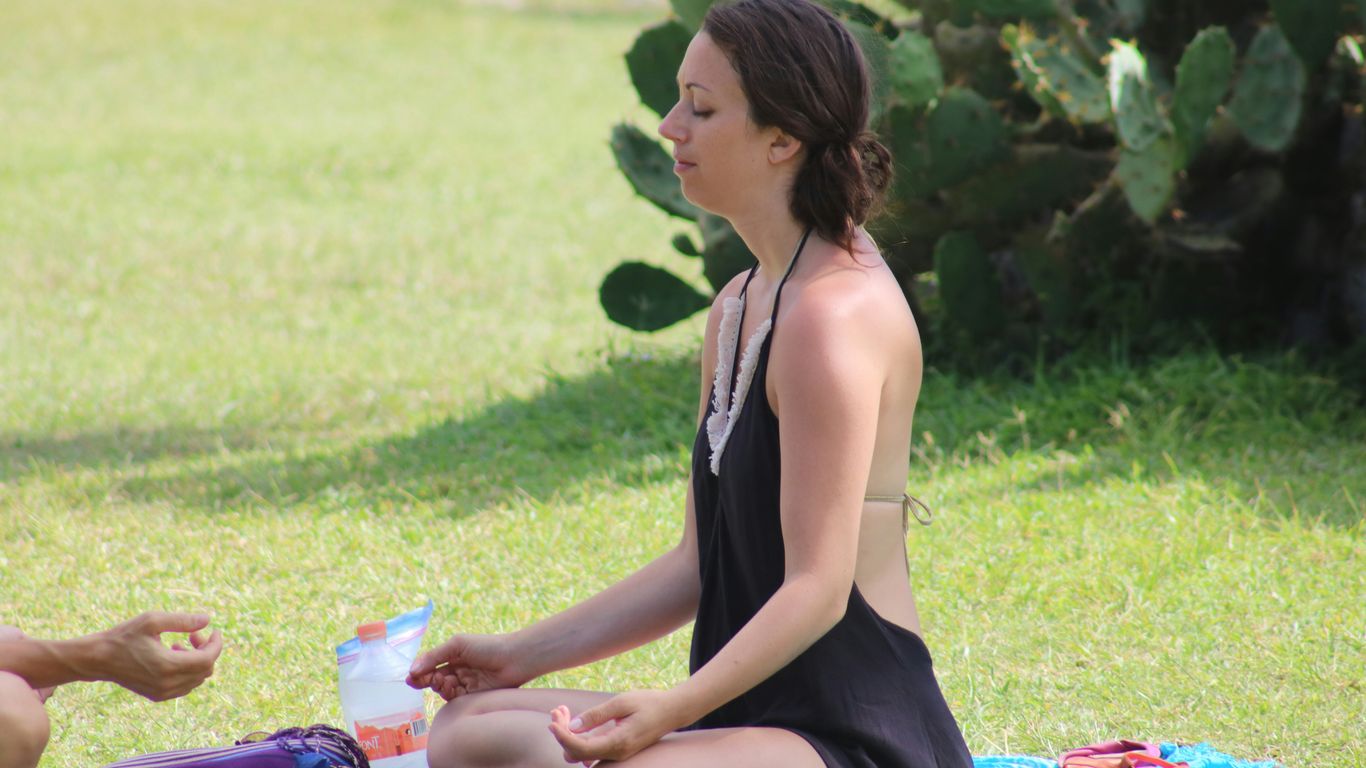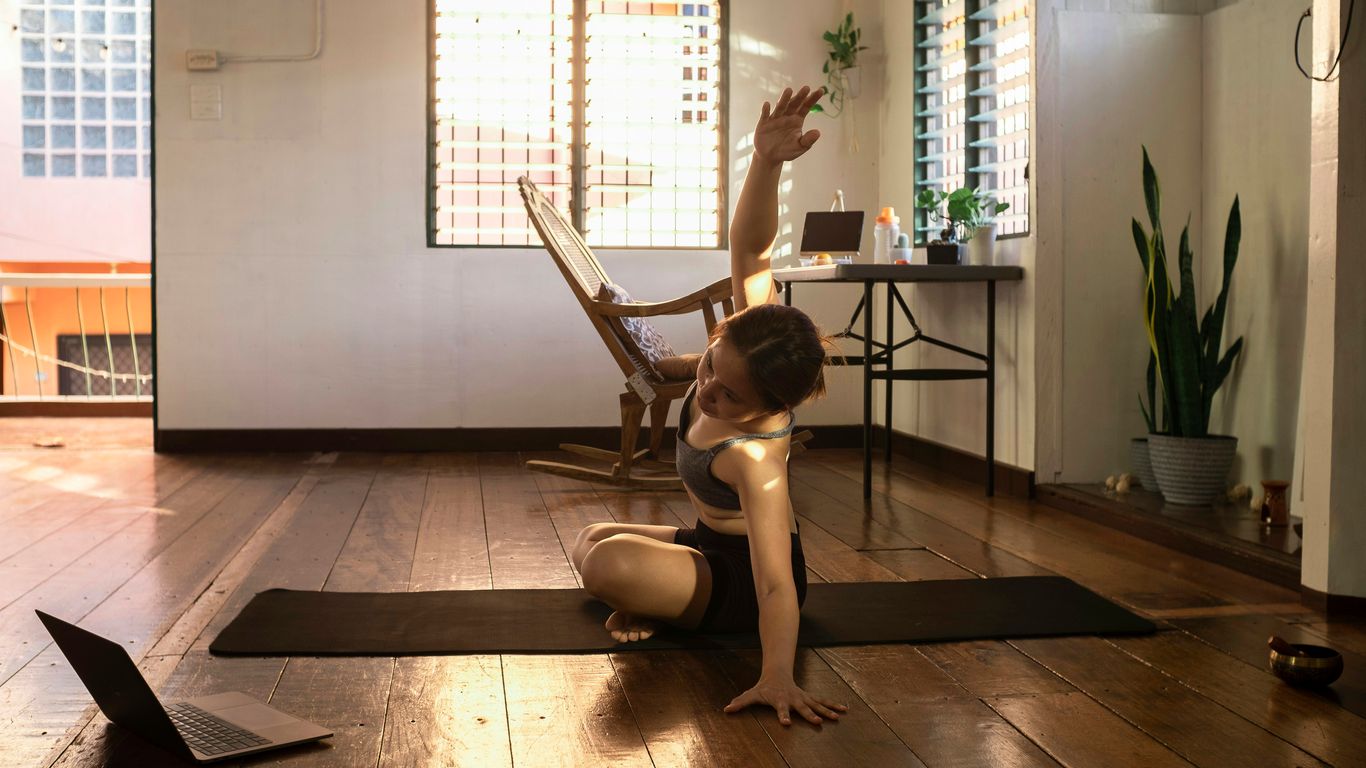
Discover the Benefits of Hot Hot Yoga: A Comprehensive Guide
Thinking about trying hot hot yoga? It's a popular way to get a workout that really makes you sweat. People say it helps with flexibility and can calm your mind. This guide will break down what hot hot yoga is all about, why so many people are into it, and how to get the most out of your sessions. We'll cover the basics, the science behind the heat, different ways to practice, and how to prepare so you feel ready to go.
Key Takeaways
- Hot hot yoga involves practicing yoga in a heated room, usually between 90°F and 105°F, with added humidity.
- The heat helps muscles become more flexible, allowing for deeper stretches and potentially reducing injury risk.
- Practicing hot hot yoga can boost your heart rate, leading to a good cardiovascular workout and increased calorie burn.
- The intense focus required in hot hot yoga can help reduce stress and improve mental clarity.
- Staying hydrated and listening to your body are important for a safe and effective hot hot yoga practice.
Understanding The Practice Of Hot Hot Yoga
Hot yoga is basically any kind of yoga done in a room that's been heated up. Think temperatures between 90°F and 105°F, often with added humidity. It's not just about making you sweat more, though that definitely happens. The heat actually changes how your body responds to the poses and the effort you're putting in.
Defining The Practice Of Hot Hot Yoga
At its heart, hot yoga is about taking traditional yoga poses and sequences and performing them in a deliberately warm environment. This isn't your average yoga class where you might feel a little warm from the exertion. Studios intentionally crank up the heat and sometimes the humidity to create a specific atmosphere. This elevated temperature is a key ingredient, aiming to help you move deeper into stretches and challenge your body in new ways.
The Foundational Elements Of Hot Hot Yoga
So, what makes hot yoga different? It's the combination of movement and environment. The heat is a critical component, not just a background detail. It's designed to:
- Increase your flexibility, allowing muscles to relax more.
- Make your heart work harder, giving you a good cardiovascular workout.
- Help your muscles warm up quickly and thoroughly.
While Bikram yoga, with its set sequence of 26 poses, is probably the most famous style, there are lots of other ways to do hot yoga now. You'll find power yoga, vinyasa flow, and other creative classes that all use heat as a central part of the practice.
The practice demands a certain level of self-awareness. You need to pay attention to your body, know your limits, and make sure you're drinking enough water. It's a balance between pushing yourself and being kind to yourself.
Understanding The Practice's Unique Physiological Impact
When you step into a hot yoga room, your body kicks into gear to manage the heat. Your heart rate goes up, and your metabolism gets a boost. This means your body is working harder than it might in a cooler room. This increased effort can lead to:
- Better blood flow throughout your body.
- Muscles that are more pliable and ready for deeper stretches.
- A higher calorie burn.
It's a different kind of physical challenge, and it really makes your body adapt and get stronger in response to the heat and the movement combined.
The Importance Of Hot Hot Yoga: Benefits For Mind And Body
Hot yoga is more than just a workout; it's a way to really change how you feel, both inside and out. The heat in the room does some pretty interesting things to your body and mind, pushing you in ways you might not expect. It's a practice that can seriously transform your overall health.
The heated environment really gets your body working. You'll notice your muscles becoming more flexible, and your heart will get a good workout too. It's like your body is being challenged to perform better.
- Increased muscle flexibility and range of motion.
- Improved cardiovascular health and circulation.
- Boosted metabolism, potentially aiding in weight management.
- Enhanced joint mobility, making everyday movements easier.
The combination of challenging poses and elevated temperatures pushes the body beyond conventional workout boundaries, creating a holistic approach to physical fitness that engages multiple physiological systems simultaneously.
Beyond the physical stuff, hot yoga is fantastic for your head. When you're in that hot room, you have to really focus. It's hard to think about your to-do list when you're trying to hold a difficult pose. This focus helps quiet the noise of daily life.
- Reduced feelings of stress and anxiety.
- Improved ability to manage emotions.
- Greater mental clarity and focus.
- A sense of calm and peace after class.
Breathing is a big part of yoga, and in a hot room, you're encouraged to breathe more deeply and deliberately. Over time, this can actually make your lungs stronger and more efficient. It's not just about getting more air; it's about learning to control your breath better, which helps with everything from your yoga practice to just feeling more relaxed in general.
- Encourages deeper, more controlled breathing patterns.
- Can lead to improved lung function over time.
- Helps calm the nervous system through mindful breathwork.
How Hot Hot Yoga Works: The Science Behind The Heat
So, you're curious about what actually happens inside your body when you step into that toasty yoga room? It's more than just a good sweat; the heat plays a pretty big role in how your body responds. Think of it as a controlled environment designed to push your physical limits in a specific way.
Physiological Response To Heated Environments
When you first walk into a hot yoga studio, your body kicks into gear to deal with the warmth. Your heart rate picks up, and your metabolism gets a little boost. It's your body's way of trying to keep things cool and keep you moving. You'll notice you start sweating pretty quickly, which is your natural cooling system working overtime. Blood vessels also tend to widen, which helps with circulation.
Here's a quick look at what's happening:
- Increased Heart Rate: Your cardiovascular system gets a workout just by being in the heat.
- Metabolic Boost: Your body burns more calories as it works to regulate temperature.
- Enhanced Circulation: Wider blood vessels mean better blood flow to your muscles.
- Perspiration: This is your body's primary way of cooling down.
The combination of heat and movement creates a unique internal environment that challenges your body's systems, making the practice more intense than yoga at room temperature.
Biomechanical And Muscular Adaptations
The heat doesn't just make you sweat; it actually changes how your muscles and connective tissues behave. Muscles become more elastic when they're warm, which means you can often move deeper into poses than you might be able to otherwise. This can lead to a greater range of motion and, for some, a reduced feeling of strain. It's like your muscles are more willing to go along for the ride.
- Increased Muscle Elasticity: Warm muscles stretch more easily.
- Improved Joint Mobility: Connective tissues also benefit from the warmth, potentially allowing for smoother joint movement.
- Reduced Resistance: The heat can make it feel easier to achieve deeper stretches.
The Role Of Humidity In Hot Hot Yoga
Humidity often goes hand-in-hand with the heat in hot yoga studios. While high temperatures are the main event, the moisture in the air plays a part too. It can make the heat feel more intense, and it also affects how your body sweats. When the air is humid, sweat doesn't evaporate as quickly, which can make you feel hotter and potentially sweat more. This is why staying hydrated is so incredibly important in these environments.
| Factor | Effect on Practice |
|---|---|
| Heat | Increases heart rate, boosts metabolism, warms muscles |
| Humidity | Can make heat feel more intense, affects sweat rate |
| Movement | Engages muscles, improves circulation |
Key Concepts In Hot Hot Yoga: Styles And Techniques
Hot yoga isn't just one thing; it's a whole family of practices, all centered around doing yoga in a heated room. The temperature can really crank up, usually between 90°F and 105°F, and sometimes with added humidity. This heat changes everything, making your muscles more willing to stretch and your heart work a bit harder. It's not just about getting a good sweat on, though that definitely happens. The heat helps you get deeper into poses and can really focus your mind.
Primary Hot Hot Yoga Styles
There are a few main ways people practice hot yoga, and each has its own vibe. Knowing the differences can help you pick the one that feels right for you.
- Bikram Yoga: This is the classic. It's always 26 specific poses done in a room heated to 105°F with 40% humidity. It's very structured, so you know exactly what to expect in every class. It's all about consistency and building a strong foundation.
- Power Hot Yoga: If you like a more intense workout, this is it. It's dynamic and fast-paced, with lots of continuous movement. Think strength and stamina building.
- Vinyasa Hot Yoga: This style is all about flow. You move smoothly from one pose to the next, linking your breath with your movements. It's more creative and can feel like a dance.
- Infrared Hot Yoga: This is a newer one that uses infrared heat panels. The idea is that infrared heat warms your body directly, getting deep into your muscles. Some people find it more comfortable than traditional hot rooms.
Here's a quick look at how they stack up:
| Style | Typical Temperature | Key Features | Practice Focus |
|---|---|---|---|
| Bikram Yoga | 105°F | 26 fixed poses, strict sequence | Flexibility, consistency |
| Power Hot Yoga | 95-100°F | Dynamic, strength-based, continuous movement | Strength, stamina |
| Vinyasa Hot Yoga | 90-98°F | Flowing transitions, creative sequencing | Fluidity, breath |
| Infrared Hot Yoga | Varies (infrared) | Infrared heat, deep muscle warming | Deep muscle engagement |
Techniques For A Successful Practice
Getting the most out of hot yoga means paying attention to a few key things. It's not just about showing up; it's about being present and working with your body in the heat.
- Breath Control: Your breath is your anchor. Focus on deep, steady breaths to help you stay calm and centered, even when things get challenging. This is a big part of what makes hot yoga so effective.
- Mindful Movement: Pay close attention to how your body feels in each pose. Don't push too hard, especially when you're new. Listen to your body and respect its limits.
- Hydration: This is super important. Drink plenty of water before, during, and after class. You'll be sweating a lot, so staying hydrated is key to avoiding dizziness or feeling unwell.
- Body Awareness: The heat can make you feel different. You might feel more flexible, or you might feel more tired. Being aware of these sensations helps you adjust your practice accordingly.
The heated environment in hot yoga isn't just for show; it actively changes how your muscles and connective tissues respond. The warmth makes them more pliable, allowing for deeper stretches and a greater range of motion. This means you can often achieve poses you might not be able to in a cooler room, and with a lower risk of pulling something. It's a smart way to work on your flexibility and joint health.
Exploring Infrared Hot Yoga
Infrared hot yoga is a bit of a game-changer for some people. Instead of heating the air in the room, it uses infrared panels to send heat waves directly to your body. This can feel different – some say it's a gentler, more penetrating warmth. The idea is that this direct heat can help muscles relax more deeply, potentially leading to better flexibility and even aiding in recovery. It's a cool option to check out if you're curious about different ways to experience the benefits of a heated practice.
Maximizing Your Hot Hot Yoga Experience
So, you've decided to give hot yoga a try, or maybe you're already hooked and want to get even more out of your sessions. That's awesome! It's a practice that really asks a lot of you, but the rewards are totally worth it. To really make the most of it, though, there are a few things you can do before, during, and after class. It’s not just about showing up and doing the poses; it’s about preparing your body and mind for the heat and the challenge.
Strategic Hydration For Practice
This is probably the most talked-about aspect of hot yoga, and for good reason. You're going to sweat. A lot. So, drinking water is super important, but it's not just about chugging a gallon right before class. You need to be hydrating consistently in the days leading up to your practice. Think of it like filling up a reservoir. Starting your session already a bit dehydrated makes the whole experience much harder and can even be unsafe.
- Start hydrating at least 24 hours before class. Don't wait until an hour before. Sip water steadily throughout the day.
- Consider electrolytes. For longer or more intense sessions, or if you sweat a lot naturally, adding an electrolyte drink or tablet can help replace lost minerals.
- Listen to your body. If you feel thirsty, drink. Don't try to ration water during class unless your instructor specifically advises it for a particular reason.
- Avoid diuretics. Cut back on caffeine and alcohol the day before, as they can dehydrate you.
Proper hydration is key to managing the intensity of hot yoga. It helps your body regulate temperature, keeps your muscles working efficiently, and prevents dizziness or fatigue. Don't underestimate its power!
Cultivating Mindfulness And Body Awareness
Hot yoga isn't just a physical workout; it's a mental one too. The heat forces you to be present. You can't really be thinking about your grocery list when you're trying to hold a challenging pose in 100-degree heat. This is where mindfulness comes in. It's about paying attention to what's happening in your body and mind, without judgment.
- Focus on your breath. Your breath is your anchor. When your mind wanders or you feel overwhelmed, bring your attention back to the inhale and exhale. This is a core part of the hot yoga practice.
- Notice sensations. Feel the stretch in your muscles, the sweat on your skin, the beat of your heart. Acknowledge these feelings without trying to change them.
- Accept your limits. Some days you'll feel more flexible or stronger than others. That's okay. Pushing too hard can lead to injury. Be aware of your body's signals and modify poses as needed.
- Practice non-attachment. Let go of expectations about how you
Wrapping It Up
So, that's the lowdown on hot yoga. It's more than just a sweaty workout; it's a way to really connect with your body and clear your head. Whether you're looking to get more flexible, build some strength, or just find a way to chill out after a long day, hot yoga seems to have a lot to offer. It might feel intense at first, but sticking with it can bring some pretty cool changes, both inside and out. Give it a try and see how you feel – you might be surprised at what you discover.
Frequently Asked Questions
What exactly is hot yoga?
Hot yoga is basically doing your usual yoga poses, but in a room that's heated up a lot, usually somewhere between 90 and 105 degrees Fahrenheit. The extra heat makes your muscles more flexible and gives you a tougher workout.
What are the main good things about doing hot yoga?
There are tons of benefits! You'll get stronger muscles, your joints will move more easily, your blood will flow better, and you might even sweat out some yucky stuff. Plus, it's really good for calming your mind and easing stress.
How should I get ready for my very first hot yoga class?
The most important thing is to drink lots of water before you go. Wear clothes that let your skin breathe, and pay attention to what your body can do – don't push yourself too hard at first. Try to get there a little early so you can get used to the warm air.
Are there different kinds of hot yoga?
Yes, there are! Some popular ones are Bikram Yoga, which has a set list of 26 poses, Power Hot Yoga, which is more about moving quickly, and Vinyasa Hot Yoga, where you flow smoothly from one pose to another. Some studios even use special infrared heaters.
Does the heat help my muscles work better?
Definitely! The heat makes your muscles and the tissues around your joints more stretchy. This means you can stretch deeper without hurting yourself and your joints can move more freely.
Will I breathe better after practicing hot yoga?
Yes, practicing in the heat often makes you focus more on your breathing. Over time, this can help your lungs work better and make your breathing stronger, which is good for both your yoga and just everyday life.


